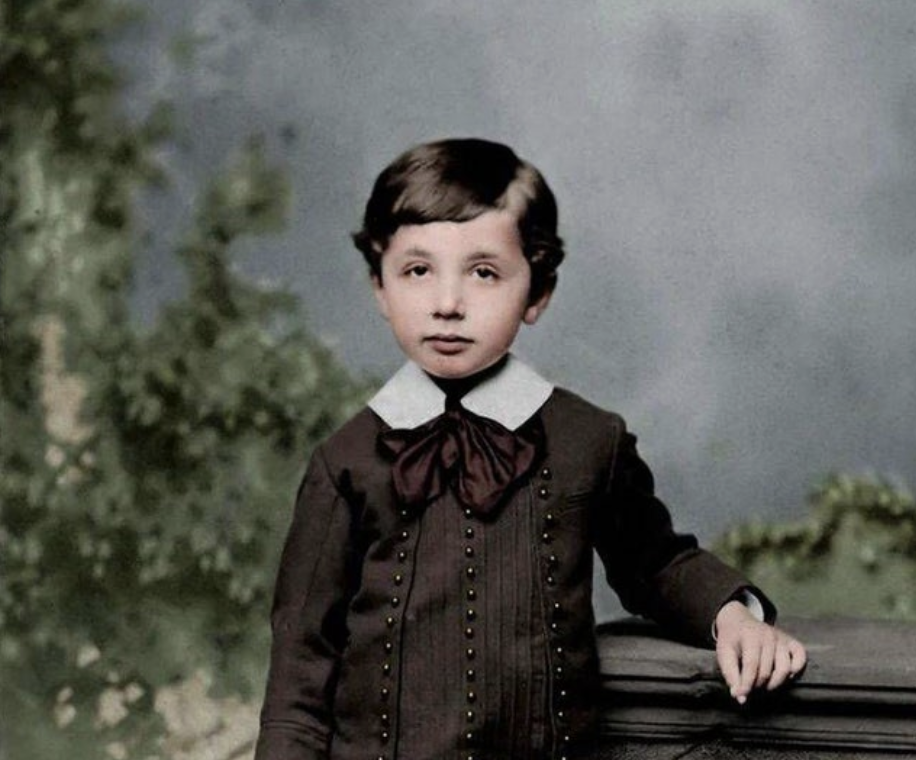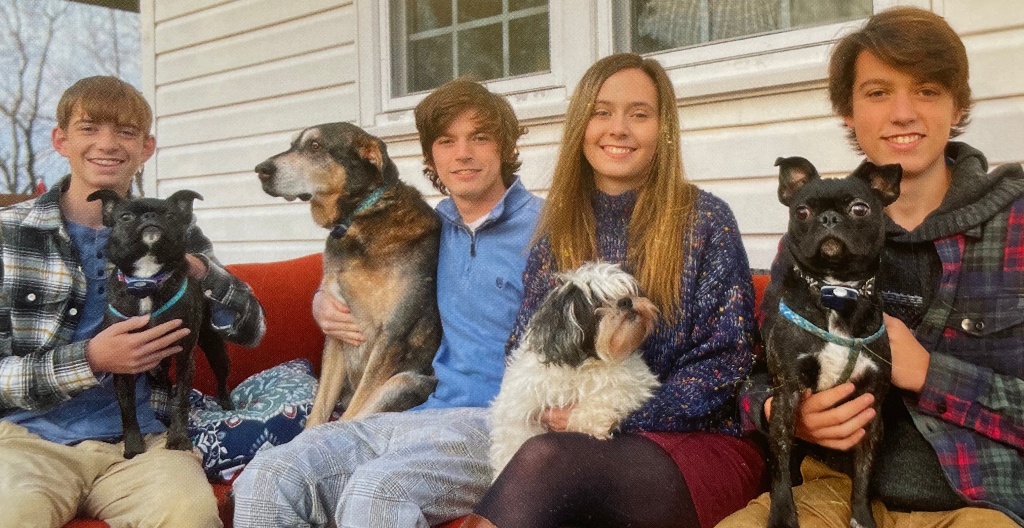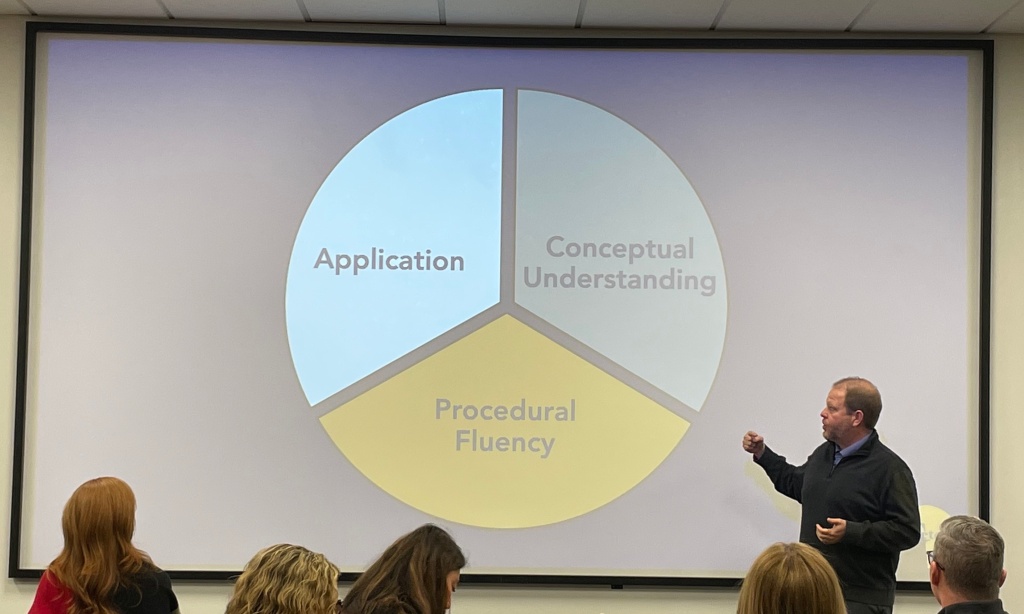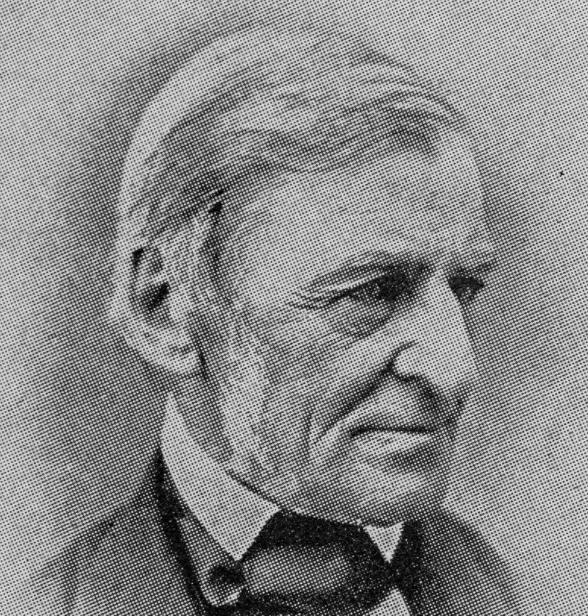
As a former mathematics teacher, Pi Day always held some special significance. With all the wonders of mathematics that students are predisposed to – for no better reason than mandates issued by the USDE (United State Department of Education) – students all know for certain that pi is roughly equivalent to 3.14 and is nearly synonymous with March 14.
As a former mathematics teacher, I was never envious of the competing factions to Pi Day.
- National Potato Chip Day isn’t worth its a salt compared to Pi Day.
- Constitution Day captures just the Andorran audience of the 11th smallest country (by population) in the world.
- I own four dogs, and will protect them with all my might – but National Dog Theft Awareness Day isn’t in the fight.
- Unlike my dogs, I own no spiders – I do, however, refuse to stomp them out. I release them back to nature every day (at least every day a spider comes across my path) not just today on National Save a Spider Day.
- How about National Valerie Day, National Organize Your Home Office Day, and Dribble to Work Day?
There are some celebrations, other than Pi Day, that I can get behind though: Celebrate Scientists Day, International Mathematics Day, Science Education Day, and National Children’s Craft Day.
While these are fantastic reasons to have a slice of pie following a little ditty about 100 digits of Pi, the most impactful moniker for March 14 is Genius Day. A term bandied about recklessly at times, in the style of Webster a genius is a person who displays exceptional intellectual ability, creative productivity, universality in genres or originality, typically to a degree that is associated with the achievement of new advances in a domain of knowledge.
This day marked the beginning and the end of two significant figures in the history of the scientific world, geniuses by anyone’s measure.
Albert Einstein was born on March 14, 1879.

Stephen Hawking died on March 14, 2018.

Genius Day is all about trying new things, taking chances … and most likely failing at some point. These explorations cannot happen within our schools unless we deliberately design experiences for our students. This takes some creative confidence on the part of the building leader, the teachers, and the students. As the designers of the moments during which students learn the most (not necessarily quantity but lasting quality), we should approach the work from a human centered point of view rather than a standards-centered point of view. We need to sidestep the traditional approach to teaching in order to create a lasting moment – deep learning. Tom and David Kelley, in their book Creative Confidence talk about their process as educators and designers:
“Being human centered is at the core of our innovation process…An empathetic approach fuels our process by ensuring we never forget we’re designing for real people…[design thinking] is our process for creativity and innovation…Design thinking relies on the natural – and coachable – human ability to be intuitive, to recognize patterns, and to construct ideas that are emotionally meaningful as well as functional.”

School should be more than just a distribution facility unloading facts, assigning feeble practice and engaging in the occasional activity that peaks students’ interests, but doesn’t necessarily invoke creativity, invention or innovation in their learning. There is certainly a time and place for these traditional aspects, but true learning moments come from peak experiences that fully involve the students senses and emotions.
This shift to a focus on exploiting the genius in each of our students is not an easy one, but teachers need to develop their own creative confidence to make the attempt. Without trying new experiences, new knowledge cannot be gained. If we always rely on the traditional approach to learning, we will not be able to discover how far-reaching our boundaries may stretch; and therefore, how much we may be limiting our students depth and breadth of knowledge. Anders Ericcson and Robert Pool, authors of Peak, share that “in this [traditional] view, all that you are doing with practice – indeed, all that you can do – is to reach a fixed potential. With deliberate practice, however, the goal is not just to reach your potential but to build it, to make things possible that were not possible before.”
Think of a moment in which you truly learned something. What were you doing? How did you feel? What made the learning memorable? I would guess you weren’t finishing building your 20th lattice on a two-sided worksheet when you magically solved the ambiguous two-digit problem of what is the product of 29 and 17?.
Einstein didn’t always get the right answer. Actually, if I recall, Einstein wasn’t a great student by traditional measures. He didn’t want to “do school” the way school was (is) designed. Einstein’s genius was that he followed his passion and his quest for understanding the unknown. He was an explorer. Einstein, pictured at the top of this blog, was once a young child who attended school much the same way our children attend school today. He once claimed “I have no special talent. I am only passionately curious.” If we use Einstein as a model – fashion if you dare, but more importantly a model of genius as “creative productivity”, we can begin to develop an education system that optimizes deeper learning for our current and future students.
Educators should consider themselves “experience engineers”. What can we do differently in schools to expose students’ curiosity through an exercise of empathy in order to provide opportunities of learning moments that are authentic and meaningful? Take a look at the following produced by Jackie Gerstein, author of the blog User-Generated Education. If you’re not already trying some of these strategies, pick one and see what happens. Don’t worry if it’s not perfect, try again – don’t give up. Learn from the attempt and eventually you’ll discover ways to make moments of learning that will have a lasting impression on your students.


















